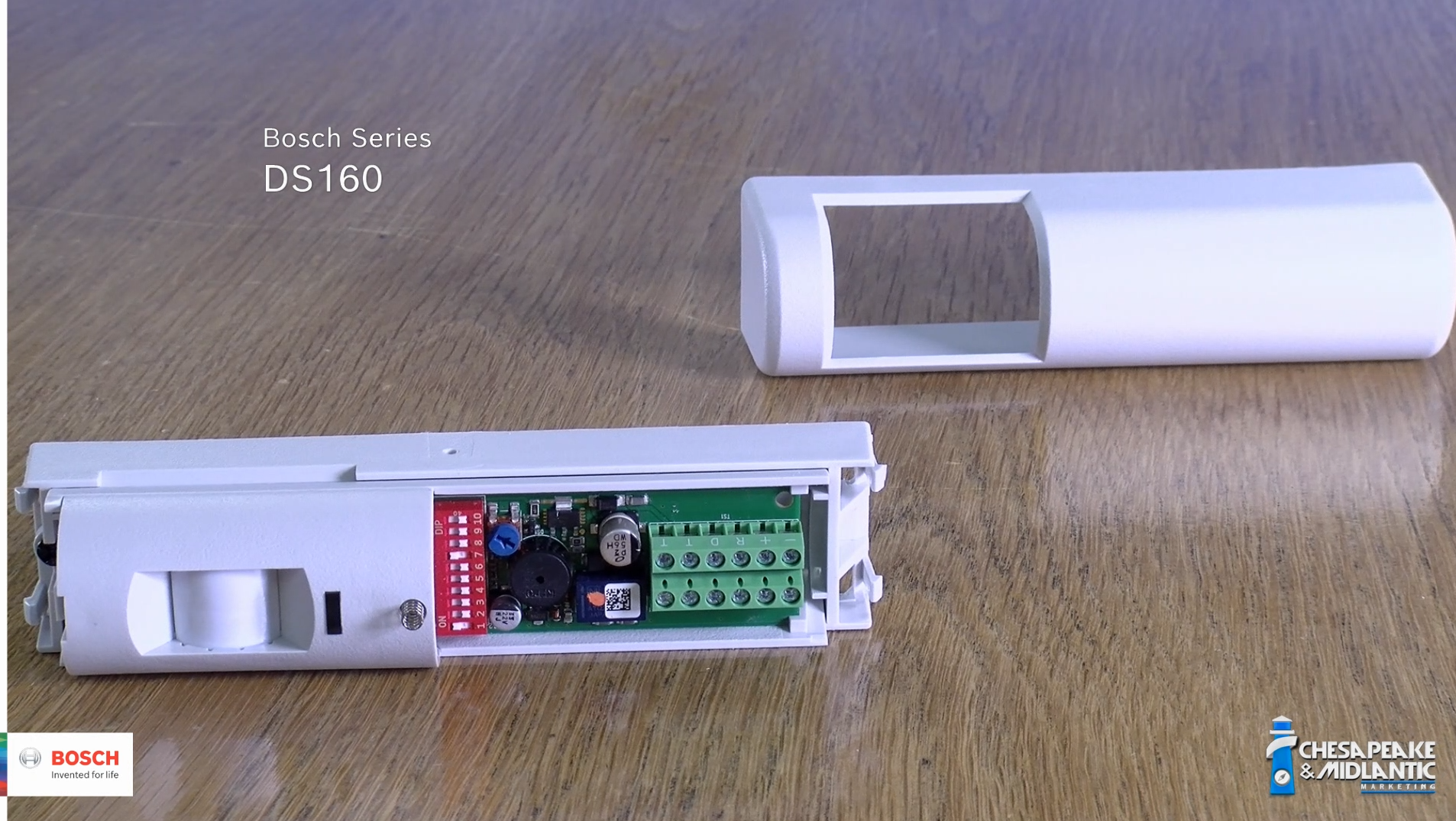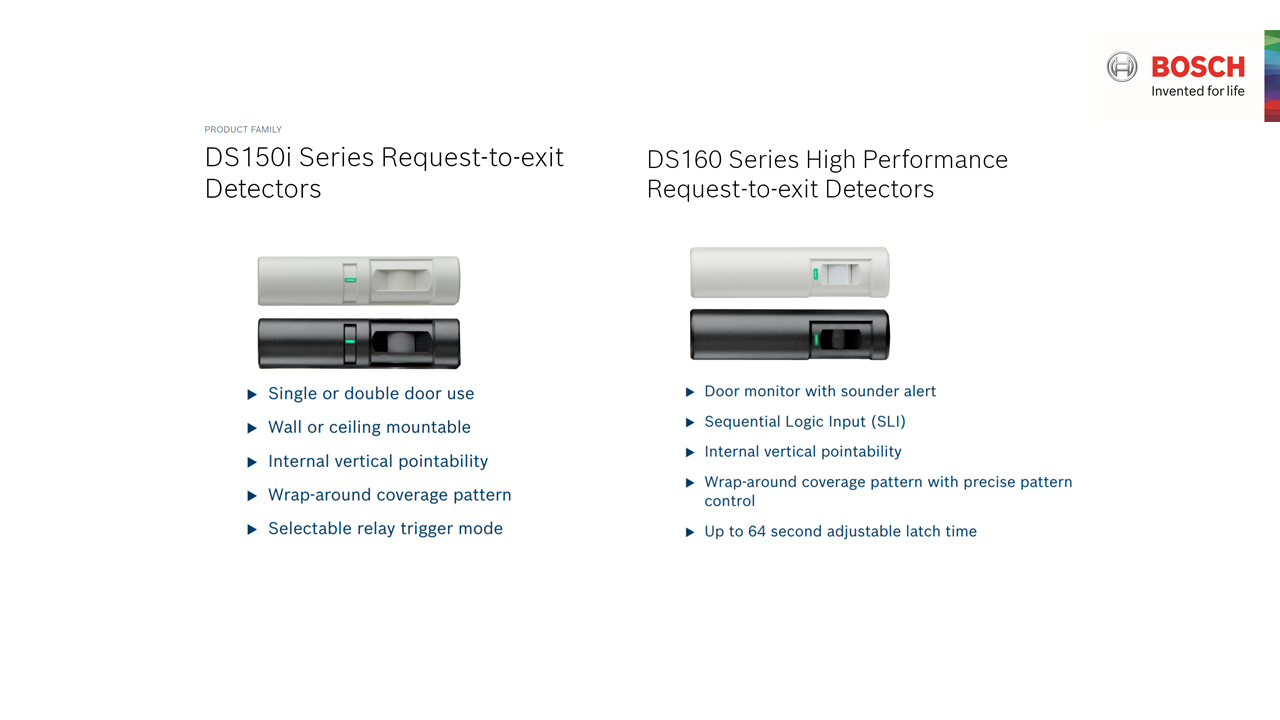
Building codes are written to help balance security, safety, and standard operations. That is, the ability of building owners to keep unauthorized people out while enabling people within the building to exit quickly and easily in case of a fire.
Many door designs use mechanical means to open a door in case of emergency. However, this can be difficult to accomplish with a magnetic lock (maglock) as part of the design. That’s why life safety codes and Authorities Having Jurisdiction (AHJs) will require at least one, and sometimes two, methods to guarantee that building occupants can evacuate quickly in case of emergency. This concept, making it easy to leave a building in case of emergency, is called free egress.
In the video below, Jim Grenier and Ari Erenthal discuss the use of request to exit detectors >>
An electronic device designed to guarantee free egress is called a request to exit device. You’ll usually see this requirement on drawings and bid documents with the acronym RTE. One common RTE device is the motion detector RTE. A motion detector RTE is sometimes called a “REX”, which is short for “request to exit”.
The power to the maglock is wired through the REX, which is mounted in front of the door, on the unsecured side. Walking in front of the REX cuts power to the maglock, allowing the door to be opened. Technically, you can use any motion detector as a REX, but purpose-built REXs have a much smaller detection area, usually just the area immediately surrounding the door. Normal motion detectors used for burglar alarms are designed to monitor an entire room, so the maglock could accidentally be unlocked by a person 40 or 50 feet away.
Bosch REXs can be wall mounted or ceiling mounted up to 15 feet from the ground and can be used for single or double doors. The detection area can be adjusted and narrowed to fit the exact detection pattern required. That’s important so people walking near the door aren’t constantly unlocking it accidentally.
Bosch DS150i and DS151i
The DS150i in grey, and the DS151i in black, is a reliable, long-lasting REX for standard doors. It comes with a form C relay that can be programmed to latch for up to 60 seconds.
Bosch DS160 and DS161
The DS160 in grey, and the DS161 in black, is an ideal solution for doors with gaps, such as glass and architectural doors. However, when security is paramount, the DS160 should be the go-to selection. It is the only REX on the market with an Sequential Logic Input (SLI). The SLI allows for a second device, such as a standard motion detector, to act as a sequential device. A person wanting to leave the room must first trigger the motion detector and then the REX. This prevents an intruder from triggering the REX by pushing something through a gap around the door from the secured side.
This series also has a door monitor input, a keycard input, a programmable form C relay, and an internal sounder.
Decisions, Decisions
So when should you recommend one model over the other?
The Bosch DS150i is a good option for interior doors, especially tight fitting ones without weather stripping, in low to medium threat applications.
The Bosch DS160 is a good option for high threat applications, for exterior doors, and for doors with gaps or weather stripping. It also has additional features like a sounder, an SLI input, and a door monitor.
System Design Assistance
Contact us for system design assistance >>










